[Interior Design Style Recommendation] What are the elements of Japanese style? Use simple design to create a comfortable life!
The Japanese style has the characteristics of simplicity, calmness and simplicity, as well as the Japanese Zen style that contains the love and respect for nature. It has become loved and respected. It is a good choice for urban residences that pursue simplicity and comfort. If you want to bring this style to When you enter your home, you can use Japanese-style design elements to create a comfortable life!
1.Natural elements
Japanese culture attaches great importance to the idea of the natural flow of all things, so there is no shortage of "edge" designs. By extending the architectural method, you can enjoy the natural scenery of the atrium when the weather is clear, and you can also watch the stars and the moon at night, blurring the difference between indoor and outdoor. Nature coexists. Most indoor spaces will be connected to floor-to-ceiling windows and glass sliding doors. Bring nature into the indoor space and enjoy the natural atmosphere, or introduce green into the room through bamboo, love ficus, and hanging bells. The selection of plants should be kept simple and green.
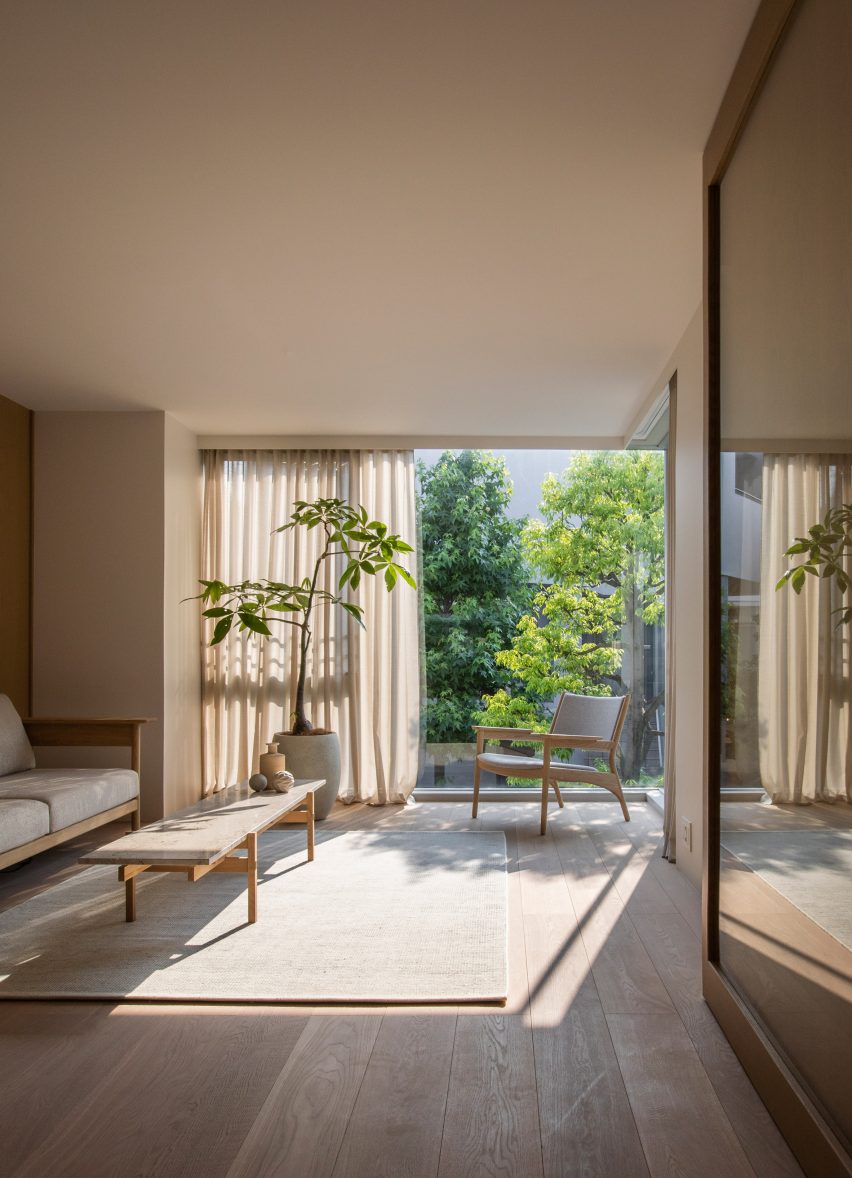
▲Kinuta Terrace Design: Norm Architects, Keiji Ashizawa Design Photo: dezeen.com
2. Japanese screen
In authentic Japanese design, the screen is an essential design element. The push-pull design of the screen saves the space for the door to rotate. The screen is usually made of translucent paper or glass sheets. The light-transmitting design makes the outdoor light soft. Fill your home, you can also use various Japanese patterns - shoji, kumu and senbon lattice to bring a different new look to your home!

▲Naka Mozu Mozu Design: Mitsui Mitsui Photo: mitsuihome.co.jp
3.Japanese style room space
A Japanese-style room is a unique traditional room in Japan. It has a multi-purpose function. It means that it can be used as a living room, dining room, and bedroom by changing the furnishings and soft furnishings. It is combined with the Japanese traditional Japanese-style room and uses tatami as the floor material. , that is, a comfortable and beautiful living space.
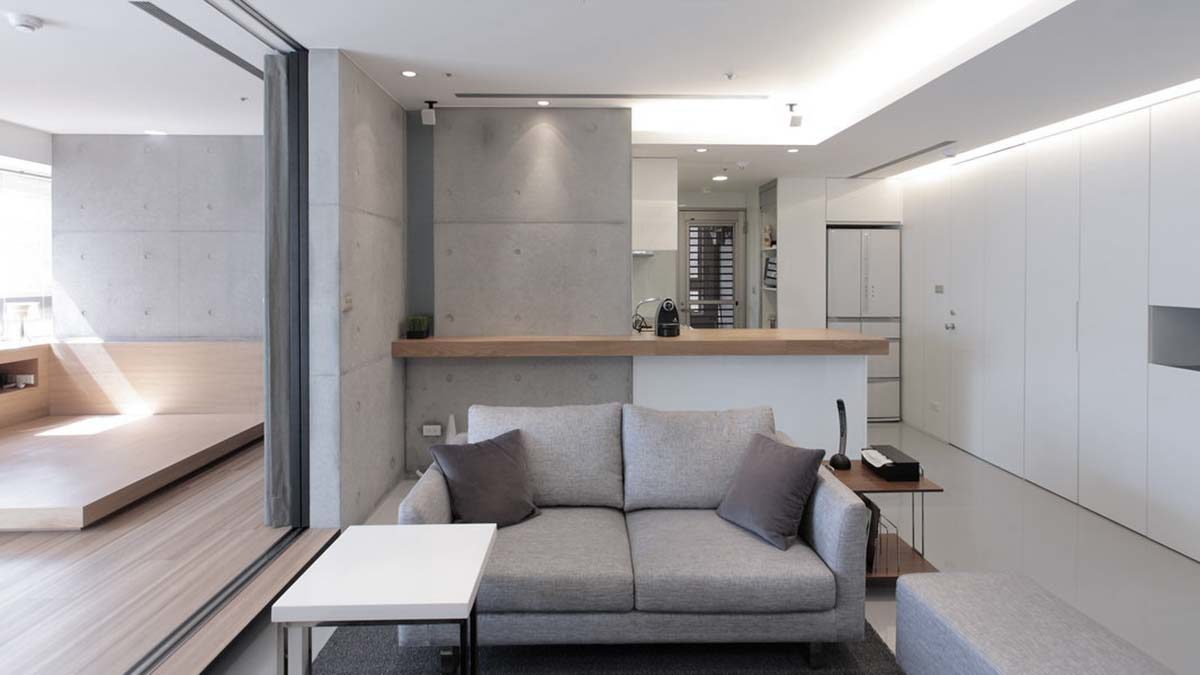
▲Avenue of Stars Design: B-STUDIO
4. Wooden elements
Japanese design uses a large number of delicate and warm wooden elements, including walls, doors, screens and Japanese furniture. Traditional Japanese design uses a lot of dark wood tones and adopts more elegant curved shapes, which are close to the ground. Stools and side tables reflect the connection between people and the earth, adding a peaceful atmosphere to the home.

▲Azabu Residence Design: Norm Architects, Keiji Ashizawa Design Photo: karimoku-casestudy.com

▲Azabu Residence Design: Norm Architects, Keiji Ashizawa Design Photo: karimoku-casestudy.com
5. Open space
Japanese-style homes are mainly open spaces. The simple space layout of the open layout not only amplifies the visual experience of the home, but also brings natural light into the home without blocking the light. It can also introduce outdoor beauty to create a comfortable space for decompression!
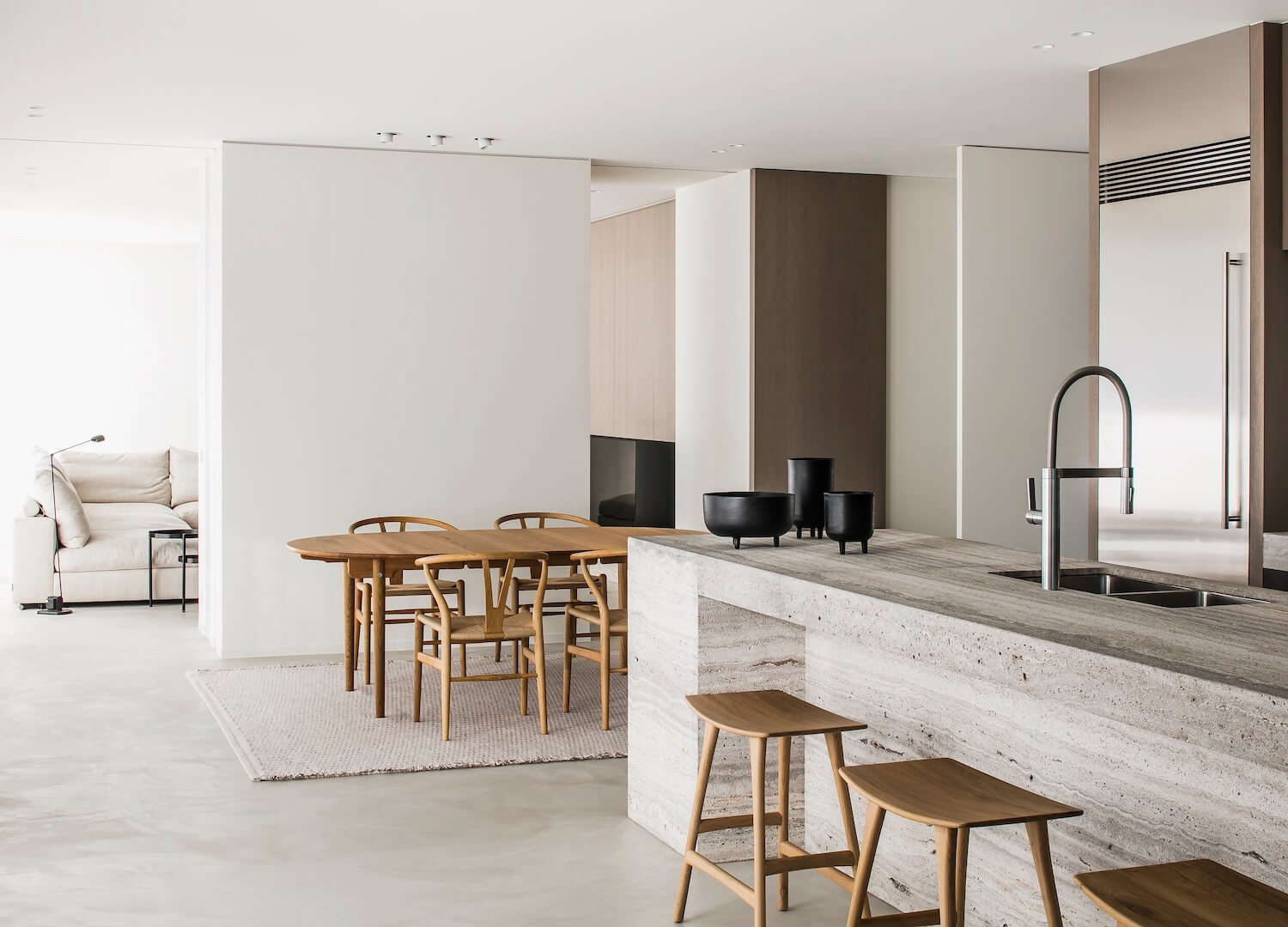
▲Project VV Design: Pieter Vanrenterghem Photo: Thomas De Bruyne
6. Japanese colors
The Japanese style uses warm and natural colors as the main colors to blend in with the beautiful scenery outside the window. The main colors come from the brown of wooden elements and the green of plants, combined with soft neutral tones of earth tones, and soft gray and cyan as accent colors. Create a zen-like, calm atmosphere.
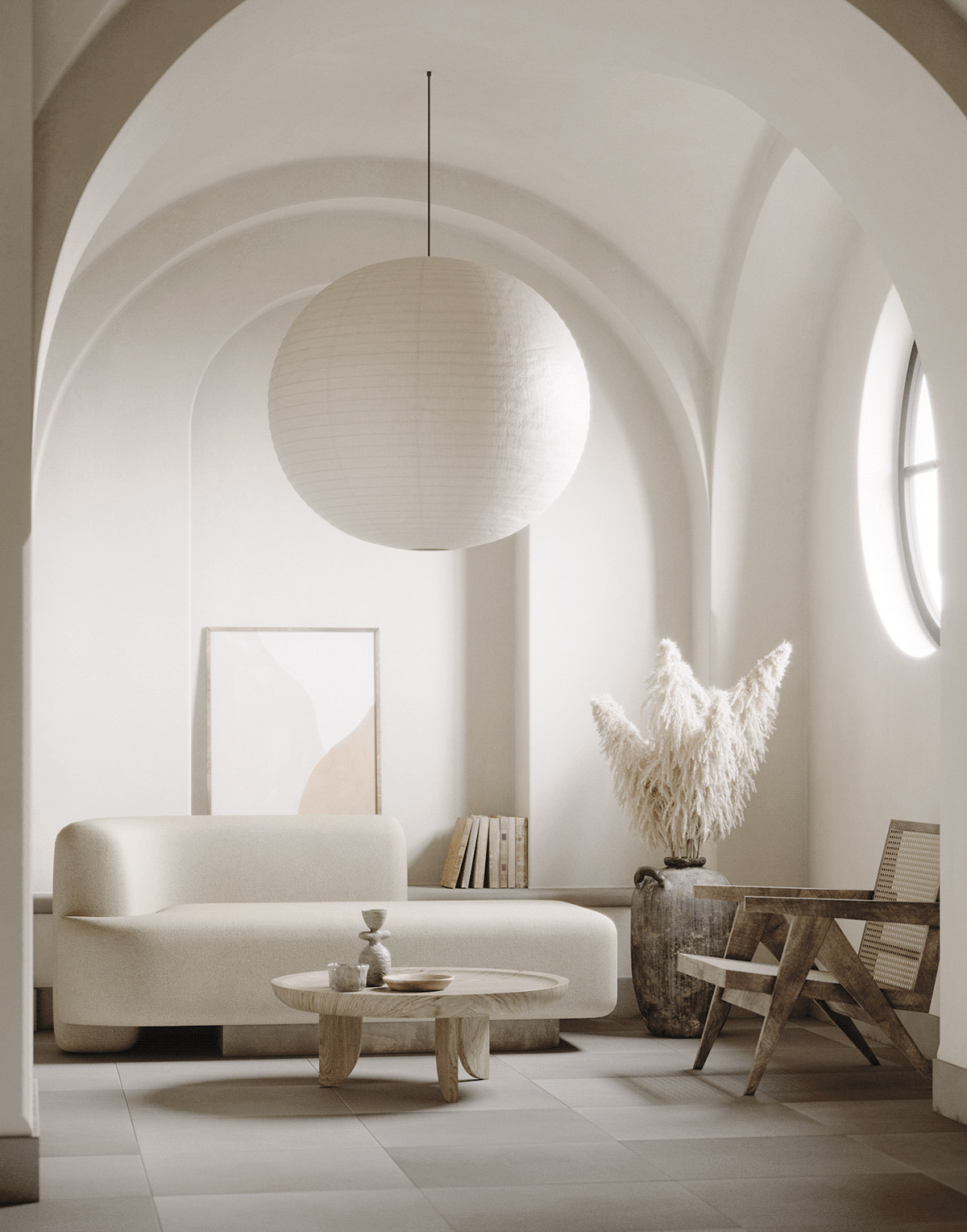
▲ARCS Design: ARCS- 3Dmitri Studio Photo:behance.net
7. Japanese bathroom
Bathing in Japan not only cleanses the body, but also preserves Japanese cultural heritage. Most Japanese-style bathrooms are equipped with integrated bathtubs, which are made of wood or stone to enhance the texture. Open a window leading to the atrium, and you can easily It connects you with nature and creates a spa-like stress-relieving environment.
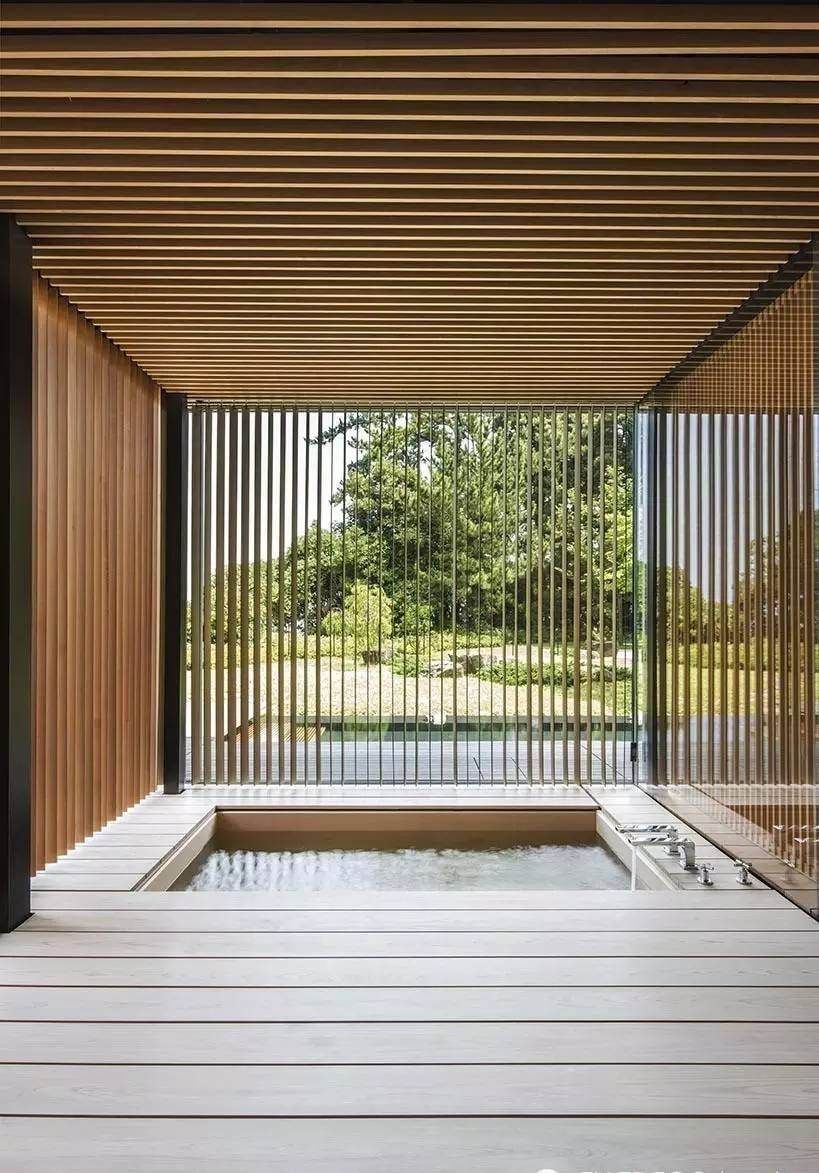
▲Design: Kengo Kuma Photo: pinterest.com
8. "Zen" space
Zen aesthetics, with the concept of "less is more" and simple design, create a pure relaxing space at home, such as the profound Zen beauty of wabi-sabi in Japanese tradition - "dry landscape", with flowing sand and gravel The texture represents water, and the stones represent mountains, creating a peaceful resting atmosphere for tea drinking and yoga.
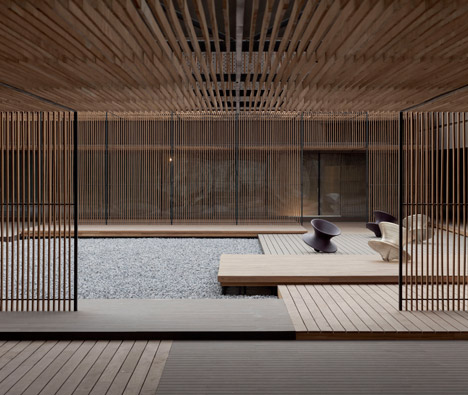
▲Le Meridien hotel redesign Design: Neri&Hu Photo: dezeen.com
The blank aesthetics of Japanese minimalist design proposes another level of thinking, allowing the space to breathe naturally, advocating a free and original spiritual experience, allowing us to feel the purity and calmness of life, and conveying the inner peace of mind through a more settled lifestyle. With its relaxing and calming warmth, it will bring you back to the simple and minimalist beauty of simple life.
For any architectural or interior design needs, feel free to contact us anytime:B-Studio online consultation
interior space-Avenue of Stars➦
construction space-Qing Shui Fu ➦